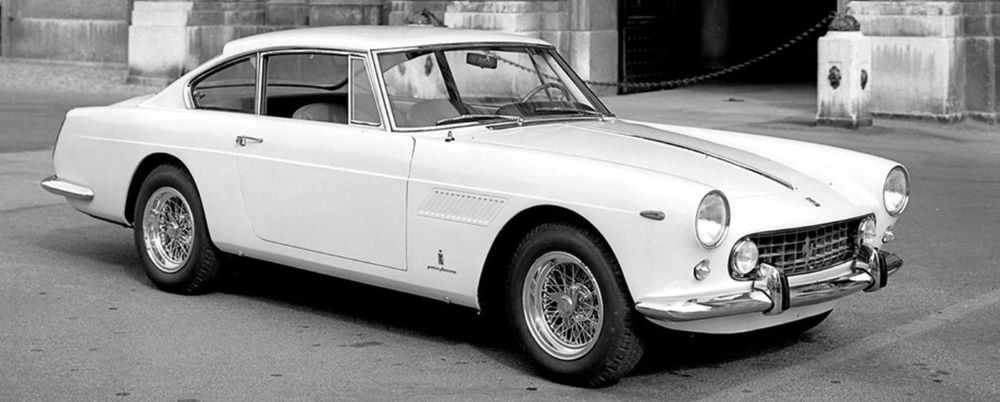
The 250 GT 2+2 Coupé was unusual in that, instead of first being presented at one of the major salons, it made its public debut as the course car for the Le Mans 24 Hours in June 1960. Although there had been Ferrari models designated 2+2 in the early fifties, in practice the rear seat on these cars was really only suitable for small children, or adults for very short journeys due to the limited leg room.
The 250 GTE was the first Ferrari with reasonable four-seat accommodation, and was deserving of the 2+2 designation. The example used at Le Mans was one of the prototypes, which had minor differences to the definitive version presented at the Paris Salon in October of that year. The most obvious of these was a lack of cooling louvres on the front wing sides, which were a feature of the production version. The prototypes of the series also had small oval side indicator lights low at the forward edge of the front wings, whereas all but the very early production cars had teardrop lights higher on the wing in line with the body side crease line.
Pininfarina provided a 2+2 seating arrangement in a smooth body style that was of the same 2600 mm wheel base as the 250 GT Coupé and Cabriolet. With a body only a fraction over 300 mm longer, 60 mm wider and, perhaps most surprisingly, over 50 mm lower, and only putting on around 80 kg in weight in the process, it was quite an achievement! The body had an airy cabin section with slim screen pillars, which provided a light and quite roomy leather trimmed interior for the occupants. However, the front seats had to be forward on their runners to provide reasonable rear seat leg room, thus endorsing its 2+2 status rather than claiming to be a full four-seater car, although the rear seats were well upholstered and the occupants had a central arm rest and even an ashtray.
The bodies were mounted on a 2600 mm wheelbase chassis with factory number 508E, and each was numbered in the odd chassis number road car sequence carrying a ‘GT’ suffix. Constructed along the same lines as that of the preceding 250 GT Coupé, the main difference was the placement of the engine 200 mm further forward in the chassis, to increase the space available within the wheelbase for the passenger compartment. The independent front suspension, rigid rear axle with leaf springs and telescopic shock absorbers, later assisted by coil springs, four wheel disc brakes and steering, were all along the same lines as that fitted to the last of the production coupés, whilst both left- and right-hand drive was available.
The engine was a single overhead camshaft per bank 3-litre V12 unit, with factory type references 128F and then 128E/63, with bore and stroke of 73 x 58.8 mm, and still with outside the vee spark plugs, fitted with a bank of three twin-choke Weber 36 DCL6 carburettors, with a twin coil and rear-of-engine mounted distributor ignition system, to produce a claimed 240 bhp. The engine was coupled to a four-speed all synchromesh gearbox, with an electronically operated overdrive fifth gear. Final drive was through a propeller shaft to the rigid rear axle, with a choice of two ratios. The 330 America variant was fitted with a 4-litre V12 engine having factory type reference 209, the actual displacement being 3967 cc, with a bore and stroke of 77 x 71 mm, producing a claimed 300 bhp.
The front of the car was dominated by a shallow and wide rectangular, egg crate radiator grille with driving lights in its extremities, and a one piece, chrome-plated bumper fitted initially with plain then rubber-faced over-riders below it. Circular side/turn signal lights were provided either side, and above them were the open headlights with slim, concave chrome trim rings. At the rear was a vertical one-piece tail light cluster in the trailing edge of each wing, featuring triple circular lens, from top to bottom: a reflector, turn signal and tail/stop light. There was a similar extended step in the tail panel below the boot lid shut line, as on the Coupé, with a wrap-around chrome-plated bumper fitted initially with plain then rubber-faced over-riders below it.
In late 1962 the only significant changes to the body during the production run were incorporated. The driving lights moved out of the grille opening to occupy positions in the front panel below the headlights, which became fully chrome-ringed, with the sidelights moving out to a pod in the leading edge of the front wings. The vertical rear light clusters became combination single lens units, whilst internally there were changes to the dashboard and seats. The production period ran from late 1960 through to late 1963, with the last fifty examples being fitted with 4-litre engines and designated 330 Americas. There were rarely any external identifying features, apart from occasional ‘330’ or ‘330 America’ tail badges fitted to some cars. The 2+2 concept proved to be extremely popular, accounting for about two thirds of the total Ferrari 250 GT road car production of the period.
 Engine
Engine
- Type : front, longitudinal 60° V12
- Bore/stroke : 73 x 58.8 mm
- Unitary displacement : 246.10 cc
- Total displacement : 2953.21 cc
- Compression ratio : 8.8 : 1
- Maximum power : 176 kW (240 hp) at 7000 rpm
- Power per litre : 81 hp/l
- Valve actuation : single overhead camshaft per bank, two valves per cylinder
- Fuel feed : three Weber 40 DCL 6 carburettors
- Ignition : single spark plug per cylinder, two coils
- Lubrication : wet sump
- Clutch : single-plate
Chassis
- Frame : tubular steel
- Front suspension : independent, unequal-length wishbones, coil springs, telescopic shock absorbers, anti-roll bar
- Rear suspension : live axle, radius arms, semi-elliptic springs, telescopic shock absorbers
- Brakes : discs
- Transmission : 4-speed + overdrive + reverse
- Steering : worm and sector
- Fuel tank : capacity 100 litres
- Front tyres : 6.50 x 15
- Rear tyres : 6.50 x 15
Bodywork
- Type : 2+2 coupé
- Length : 4700 mm
- Width : 1710 mm
- Height : 1340 mm
- Wheelbase : 2600 mm
- Front track : 1354 mm
- Rear track : 1394 mm
- Weight : 1280 kg (dry)
Performance
- Top speed : 230 km/h
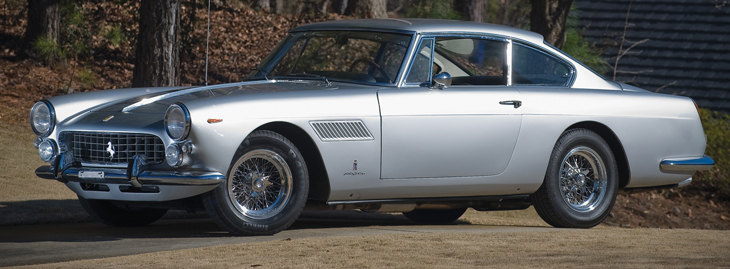
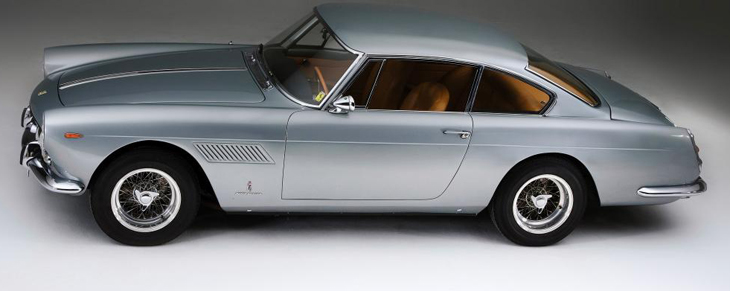
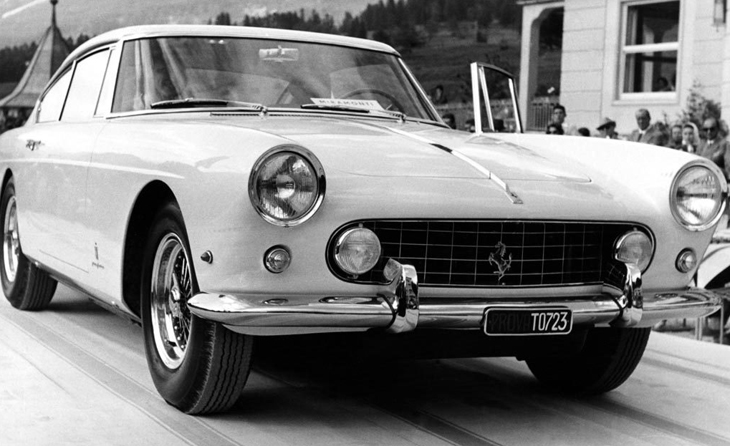
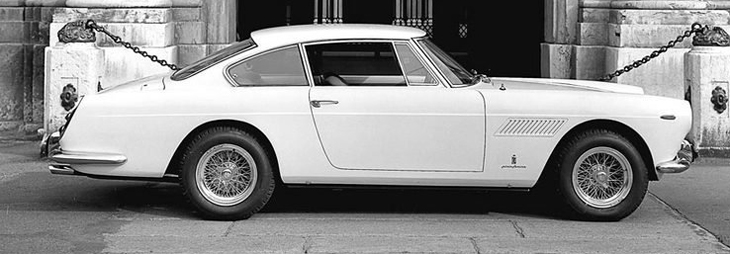
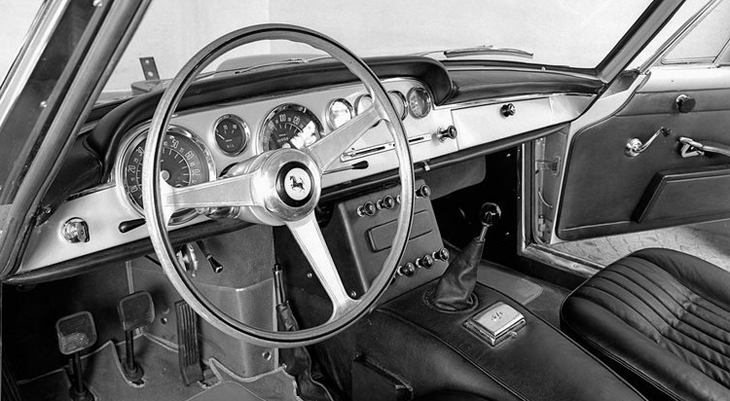
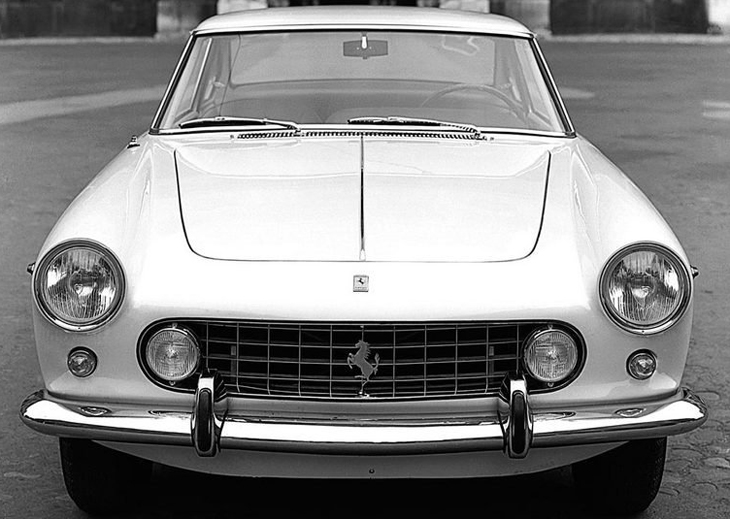
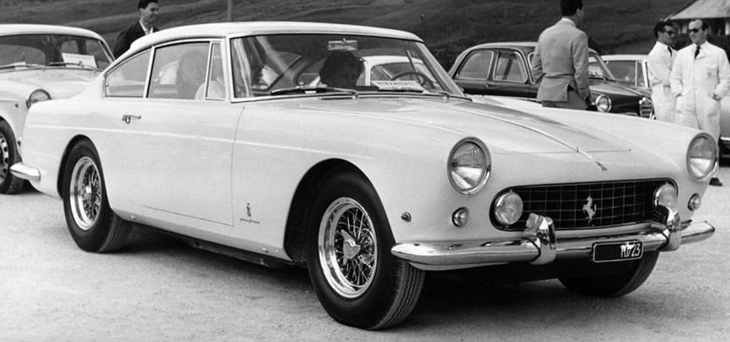

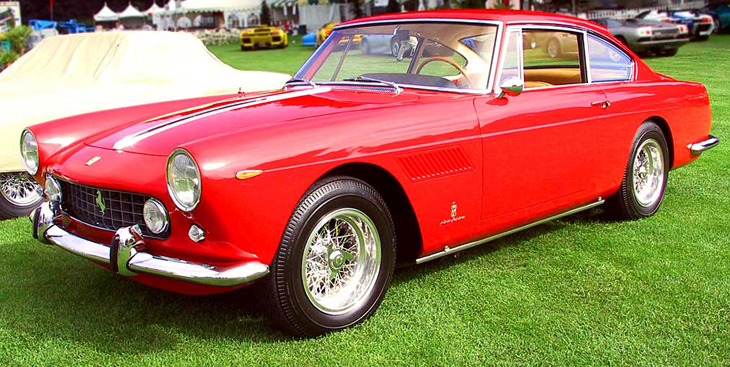

You must be logged in to post a comment.